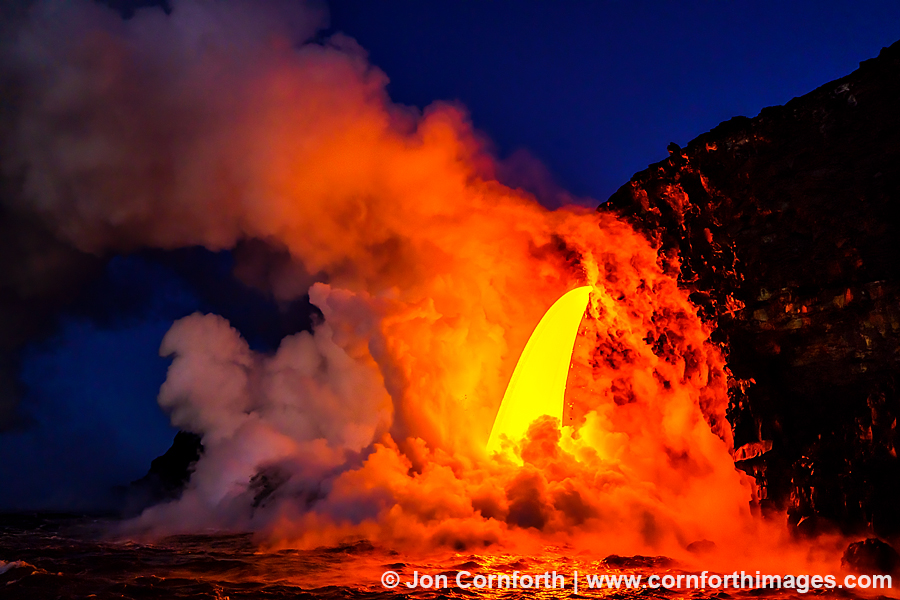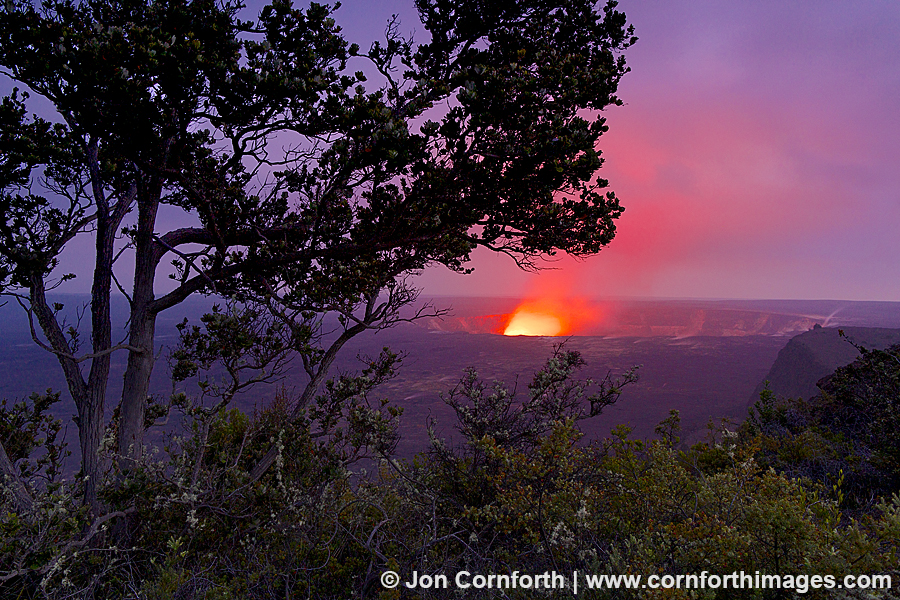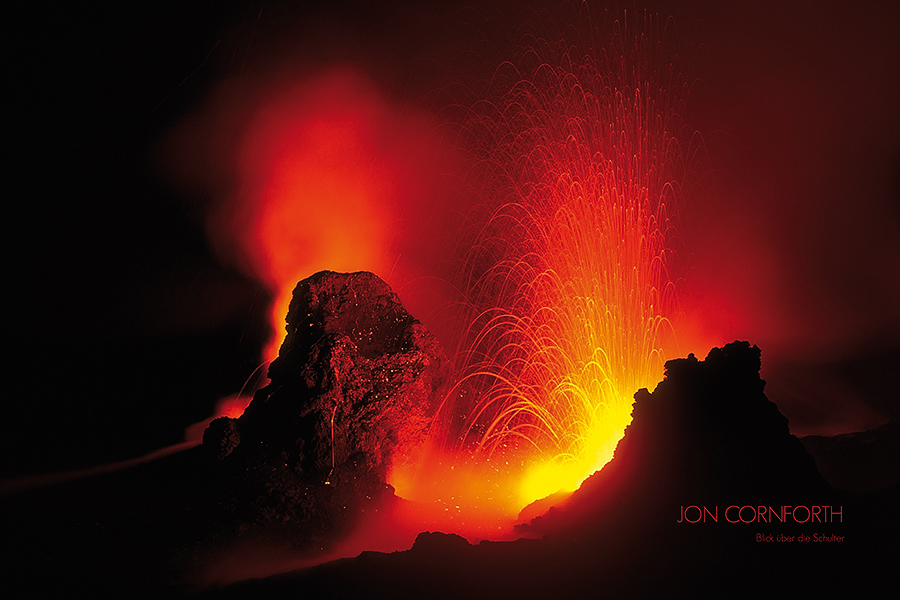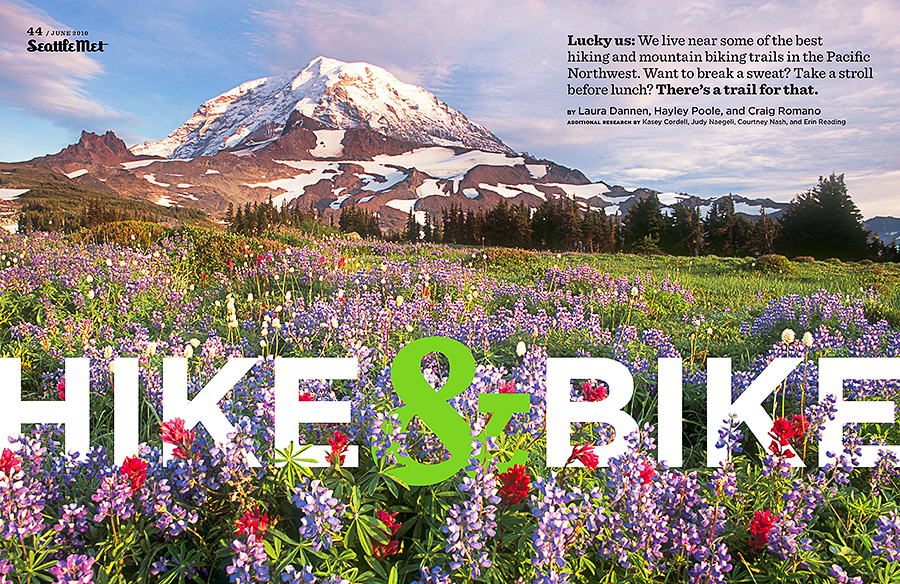
Leilani Lava Aerial 3
Posted onWhile helping my friends in Leilani Estates on the Big Island, I experienced physical and emotional stress. Still, my own discomfort was insignificant compared to what the residents of Puna have to deal with as this tragedy unfolds. As the land is rendered uninhabitable, homes are being destroyed and lives are being upended. Only Pele knows what she wants to accomplish. Until seen from above, the scale of the destruction is impossible to fully comprehend. So, on my third and final afternoon, I hired a small plane to fly over the eruption. As we approached, I asked my pilot to concentrate on the most active lava fissures. I believe the USGS is currently naming these fissures 8 and 24. As we coordinated lining up this image, I had to pop open my window, ask my pilot to dip the aircraft’s wing, point my telephoto lens, and hope that what I photographed was in focus. Oh, and we both agreed that we would refrain from ever getting caught in the thermal updraft again.









